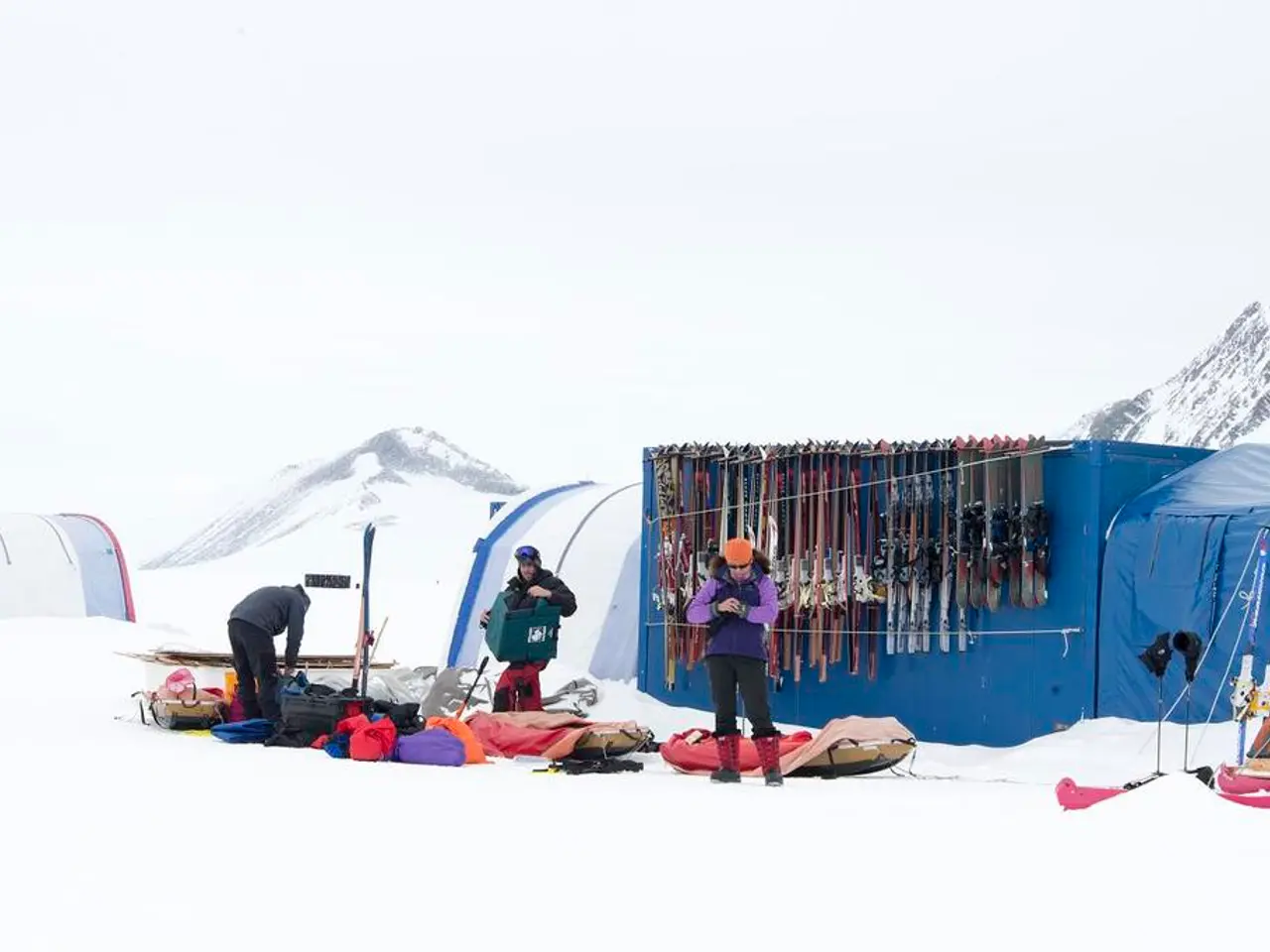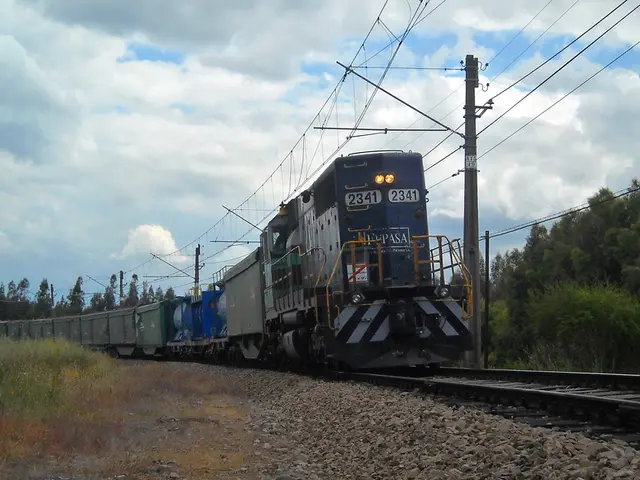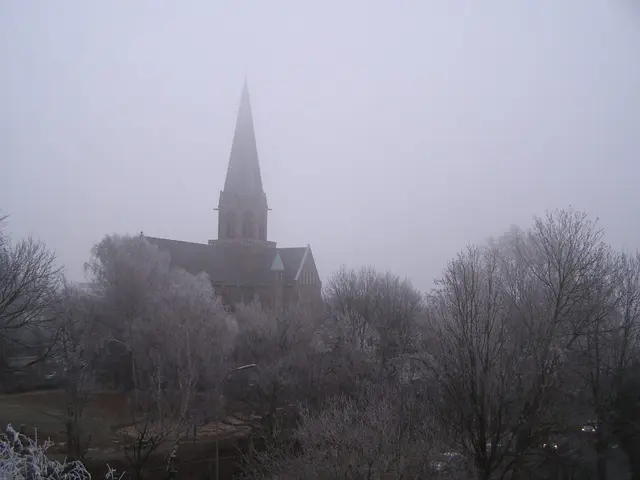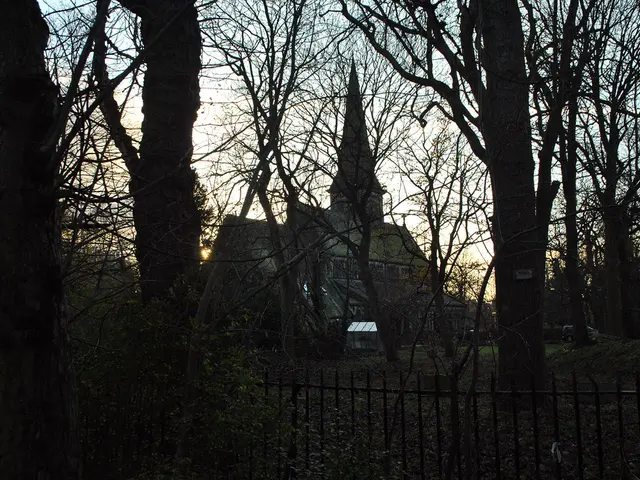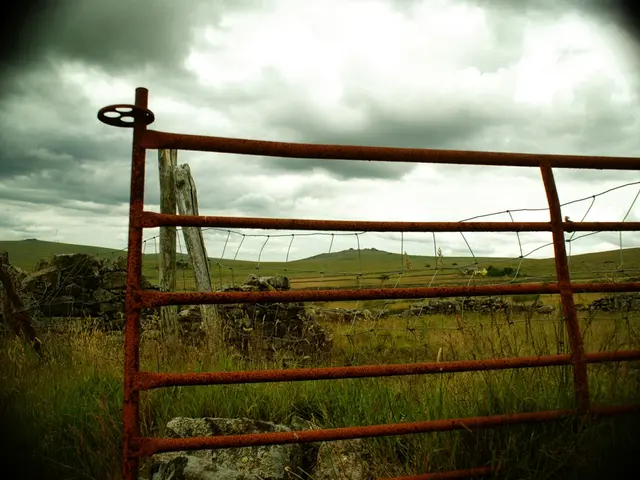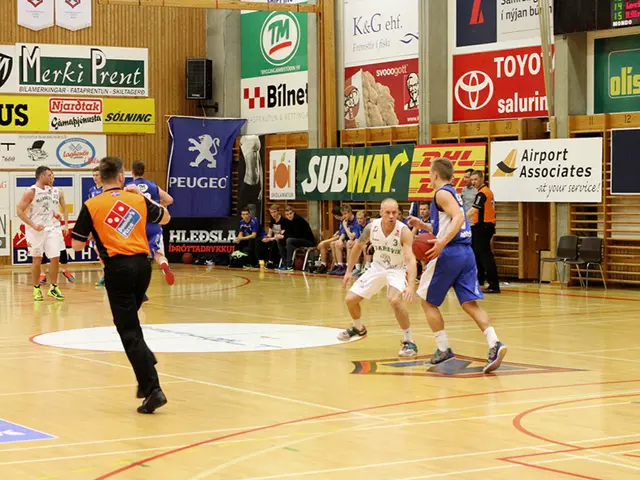Preventive river barriers thwart catastrophic flood damage due to a glacial burst incident in Alaska, as reported by officials.
Juneau, Alaska, has witnessed a significant event as the Mendenhall Glacier released a massive amount of rainwater and snowmelt downstream, causing flooding in the city. However, thanks to the installation of temporary flood barriers, the community has been protected from widespread damage.
The temporary levee along the Mendenhall River, comprising around 10,000 "Hesco" barriers, was installed by city officials in collaboration with various entities. This protective measure safeguarded over 460 properties, spanning approximately 2.5 miles (4 kilometers) of the riverbank.
The barriers, essentially giant, reinforced sandbags, have been crucial in holding back record levels of flooding. Without them, there would have been hundreds and hundreds of flooded homes, as was the case in the last two years when flooding was rampant, and some homes were washed away.
However, the installation of these barriers has been a point of contention among homeowners in the flood zone due to their cost. Homeowners were required to cover 40% of the cost, approximately $6,300 each over 10 years. Two homeowners have even filed lawsuits, claiming that the government is taking their property to erect the barriers without compensation.
Despite these challenges, emergency manager Ryan O'Shaughnessy stated that the barriers "really have protected our community." Juneau City Manager Katie Koester echoed this sentiment, saying that the barriers "have protected our community."
The U.S. Army Corps of Engineers is initiating a multi-year study to examine conditions in the region and explore potential permanent solutions, such as a levee. However, the long-term solutions for the Mendenhall Glacier flooding problem are still under study and development, with no permanent engineering fix yet implemented.
The Army Corps is actively conducting technical studies and data collection to define a durable flood risk mitigation approach. However, the glacier’s retreat and the formation or disappearance of glacially dammed lakes keep changing the flood risk parameters, complicating engineering a fixed solution.
Efforts are underway for better flood preparedness through joint initiatives among federal, state, and local agencies, along with tribal entities, to coordinate communication and emergency response in anticipation of future floods. Some local voices and retired engineers advocate for constructing a dam to control floods, but scientists warn that a solution at Suicide Basin alone will not address risks from other lakes forming farther up the glacier, suggesting a more comprehensive strategy is needed.
The Army Corps has allocated nearly $5 million to develop long-term solutions, though they acknowledge a permanent fix remains years away as research and planning continue. In the meantime, the temporary barriers will continue to serve as an interim safeguard while authorities evaluate options like dam construction and basin management, with a focus on adaptive strategies coordinated across multiple agencies and community stakeholders.
- The temporary levee in Seattle, similar to the one in Juneau, could be a potential long-term solution to address the increasing climate-change related weather events and environmental-science concerns due to glacier melt.
- The government, in collaboration with local entities and scientists, should consider deploying the successful "Hesco" barrier system in Seattle, primarily to safeguard properties vulnerable to flooding caused by climate-change and weather-forecasting uncertainties.
- The city government of Seattle should consider implementing a cost-sharing model like the one in Juneau, where homeowners contribute to fund the installation and maintenance of protective measures, as done in environmental-science projects related to climate-change mitigation.
- The lack of a permanent fix for climate-change-induced flooding in Seattle necessitates ongoing research and adaptive strategies coordinated across multiple agencies and community stakeholders, as demonstrated by the process undertaken in Juneau.
